We understand the frustration when the furnace won't work just when you need it so badly. While it could mean many things when the furnace blower is not working, well, you don't really have to be an HVAC expert to tell what's wrong. We have already done the research on all the possible causes and we promise to not be overly technical so you don't miss out on any important detail.
The reasons for a furnace blower not working may range from simple thermostat settings to complicated issues like overheating and a broken fan belt. Sometimes, a clogged filter or an obstructed vent can also cause the fans to not work. If simple troubleshooting won't fix the problem, then a broken blower motor might be the culprit.
We told you this is going to be plain simple. You don't need to call the technicians this soon and most likely not even later. So let's get started chopping these potential causes so you can get over the furnace blower problem real quick.
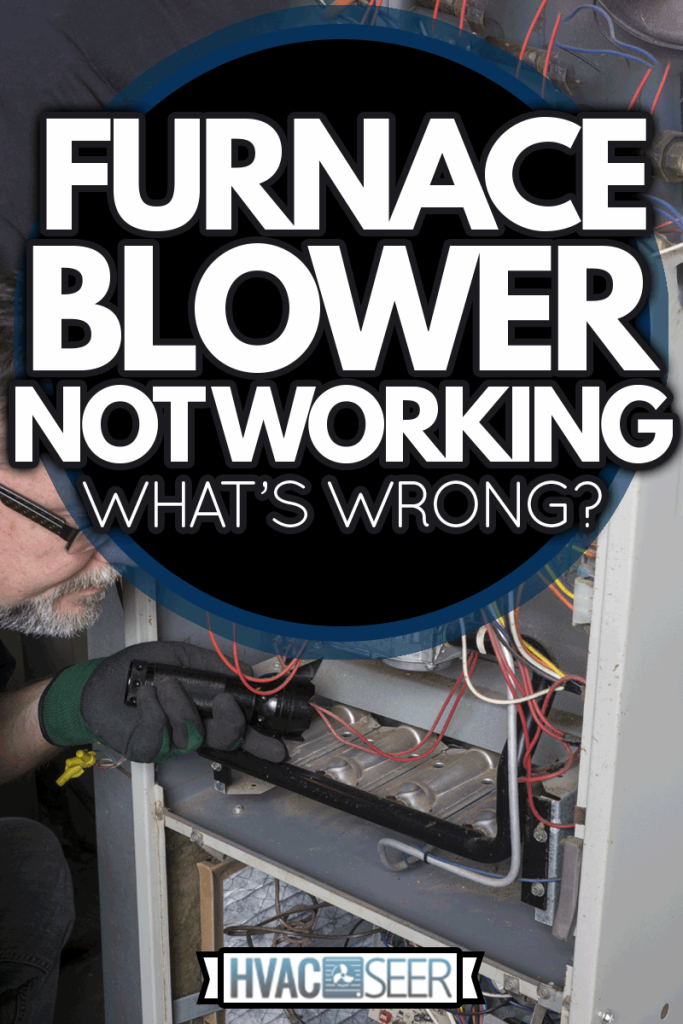
How Furnace Blowers Work
One thing you would not like to do is skip this part. But to erase all the complexity that runs in your mind, you have to start with learning how your furnace blower works.
The Components
While many parts make up an entire heating system, you should be familiar at least with those that play a role in this particular problem. So let's focus on the following components:
- Thermostat and control setting
- Blower
- Blower motor
- Filter
- Vents
The thermostat and control setting is probably the one component that you are most familiar with. If not, then this is the part of the HVAC unit that turns the system on and off and controls the temperature to the desired level.
The HVAC blower is the part that sends conditioned air out from the system to your room. Without this working, then the entire system becomes useless. The blower is powered by a blower motor that uses a capacitor to initiate the process.
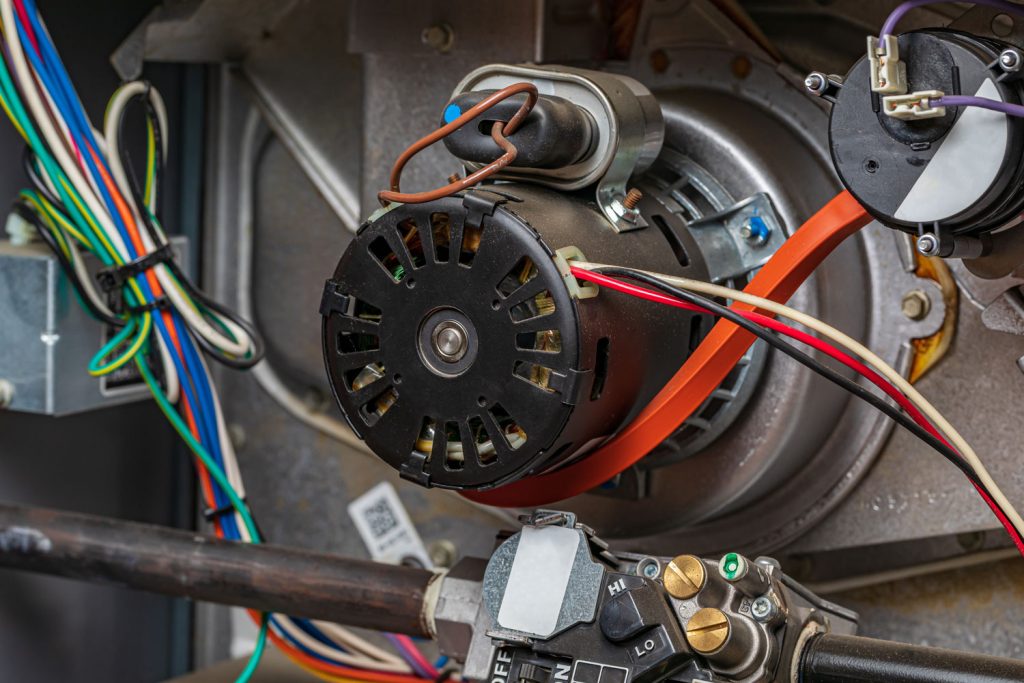
The vent and filter are the parts that ensure good airflow and quality. While they are not directly connected to the blower, it is important that they are not obstructed or they can also cause the blower to not function.
The Cycle
Gas, electric, and propane furnaces work in the same manner. First, you turn the thermostat to your desired setting. This request for warm air initiates the heat exchanger and begins to produce warm air. However, there would be no way for this warm air to get out unless the blower activates.
Now, this is the time the blower motor starts the fan. The blower fan sends the warm air out from the furnace through your ducts, which distribute the conditioned air to the rooms in the house.
The blower motor goes through a lot of pressure and may stop working for any reason. However, this is not always the root cause.
How Furnace Blowers Fail
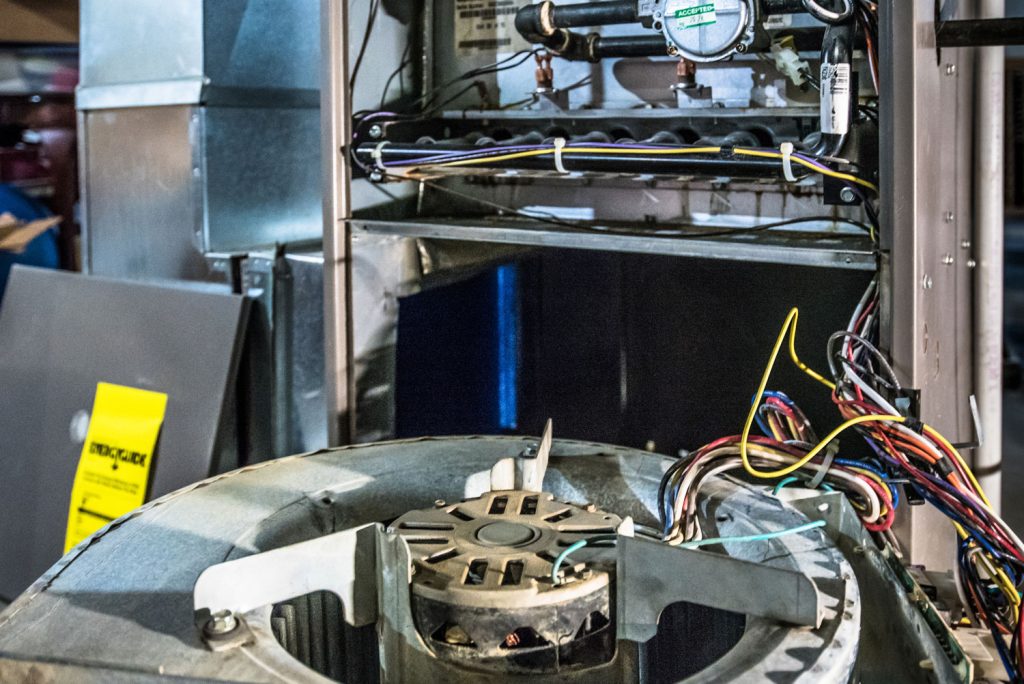
Different components make up a heating system that you should not only focus on one spot if it is broken. It is also not advisable to go any further until you check the basics first.
Things To Check First
Sometimes, the furnace blower is not broken at all. You may only have overlooked some aspects and already blamed the blower for the trouble. Here are the things you should check first if your furnace blower is not working.
Power
What is the use of all the troubleshooting if there is no power supply, to begin with? Check the circuit breaker to see if it has tripped. You should see the breaker in the panel board set in Off if it has tripped. Switch it back to On to reset.
Sometimes, you will find the breaker set in between on and off. Reset this by switching first to Off and then back to On.
Thermostat
The thermostat may be set too low or broken. With a broken thermostat, nothing commands the system to produce heat. In return, the blower does not have warm air to deliver. On the other hand, try adjusting the thermostat to a higher setting if it is set too low.
The thermostat may also be working on and off causing the furnace blower to suddenly stop. Check the batteries and replace them when necessary.
For more information, read through this post: How Long Do Batteries Last In A Thermostat?
Click here to view this product on Amazon.
Vent And filter
Obstructed airflow may also cause the blower to malfunction. Make sure that the vent is free from any obstructions and that the filter is not clogged.
Common Causes Why Furnace Blower Is Not Working
If checking the power supply, vent, filter, and thermostat did not give you the answer, then any one of these issues below may be existing.
Warning: Before inspecting the inside of the furnace, switch off and unplug the unit to avoid accidents. And do not attempt to fix the problem unless you are confident that you can troubleshoot. Tools and safety equipment should be available, too.
Bad Bearings
The motor shaft runs smoothly even at high RPM with the help of the bearings. These bearings undergo too much pressure and are only subject to wear in time. Bad bearings produce strong friction which causes the screeching sound. Worse, they stop working and even cause the blower motor to overheat.
Broken Capacitor
The capacitor serves as the ignition of the motor blower. This device stores energy to provide more electricity required for an initial spin. When this fails, there would not be enough energy to trigger the motor to start.
Overheat
Both modern and older models of furnaces will stop working when they overheat. Several reasons can cause a furnace to overheat.
If your furnace turns on and off on its own repeatedly, then overheating is the probable cause. Modern heating systems will automatically detect high temperatures and instruct the system to shut down. After the motor has cooled down, the system will begin to work again. This becomes a cycle until you detect the reason that causes it to overheat or until the motor breaks down completely.
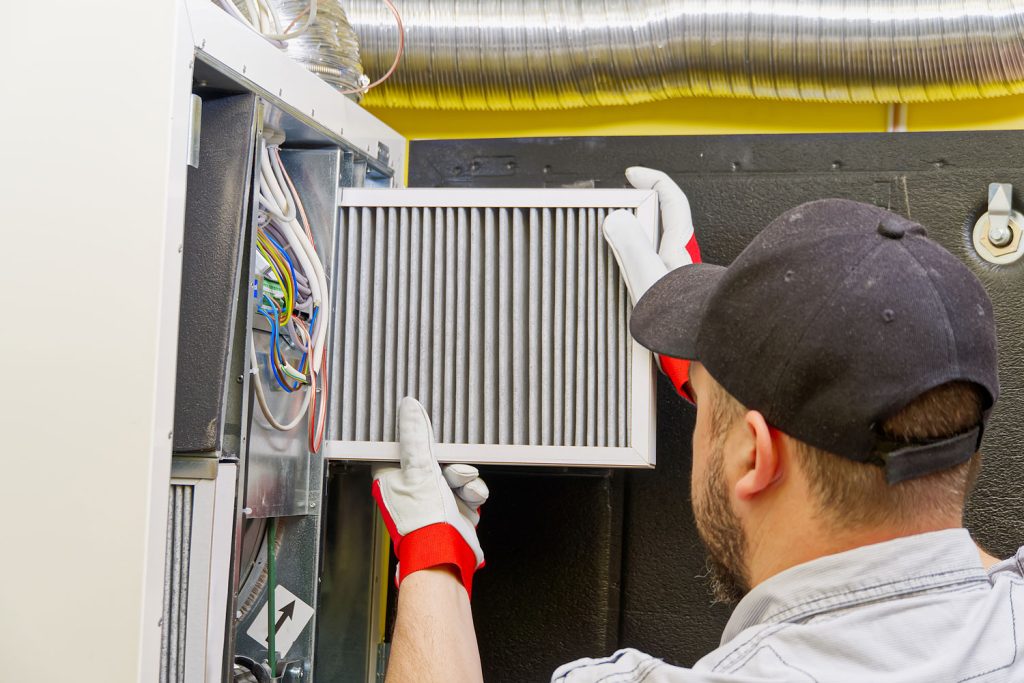
As mentioned earlier, bad bearings produce too much friction and cause overheating. Another culprit is an obstructed airflow. So make sure to clean the filter or replace them as often as necessary.
For more insight, check out this other post: Furnace Blower Motor Overheating – What To Do?
Fanbelt
When the motor is running but the blower is not working, then this could be due to a broken fan belt. It could also be that the belt is too loose and needs adjustment, or you may already need to replace it.
Broken Blower Motor
Furnace blower motors have a lifespan of 15 to 20 years, according to top manufacturers like Carrier. If the blower is still not working even after restarting the blower motor, then this may mean that the blower motor is already broken. High electric bills, loud noises, overheating, and weak airflow are common signs that the blower motor needs replacement.
How Do you Reset a Furnace Blower Motor?
Simply click the reset button to reset the furnace blower motor. It depends on the model that you have, but most systems keep this in the blower compartment. Some units do not have a blower motor reset button, though. Remember to switch off the furnace and allow the compartment to cool before accessing the restart button.
Furnace Maintenance
You might spend $307 for a furnace repair. However, proper and regular maintenance can prevent and delay repairs and replacement. Don't wait for signs to show before you schedule the next maintenance. You should clean your furnace once a year as recommended by HVAC experts.
Clean the furnace components including the blower blades, flame sensor, and burner. Clean the filter or replace it every 90 days. Lubricate the bearings and inspect the fan belt for tears.
Furnace maintenance may be a lot of work, but you can always call the professionals to do the work for you. This is still cheaper than going through a repair sooner or later.
How Much Should It Cost to Replace a Furnace Blower Motor?
Depending on the model, the cost to replace a furnace blower ranges from $400 to $600. Blower motors that utilize a single-speed system are cheaper to replace, which often costs around $450. Variable-speed blower motors can cost more than $600.
Final Thoughts
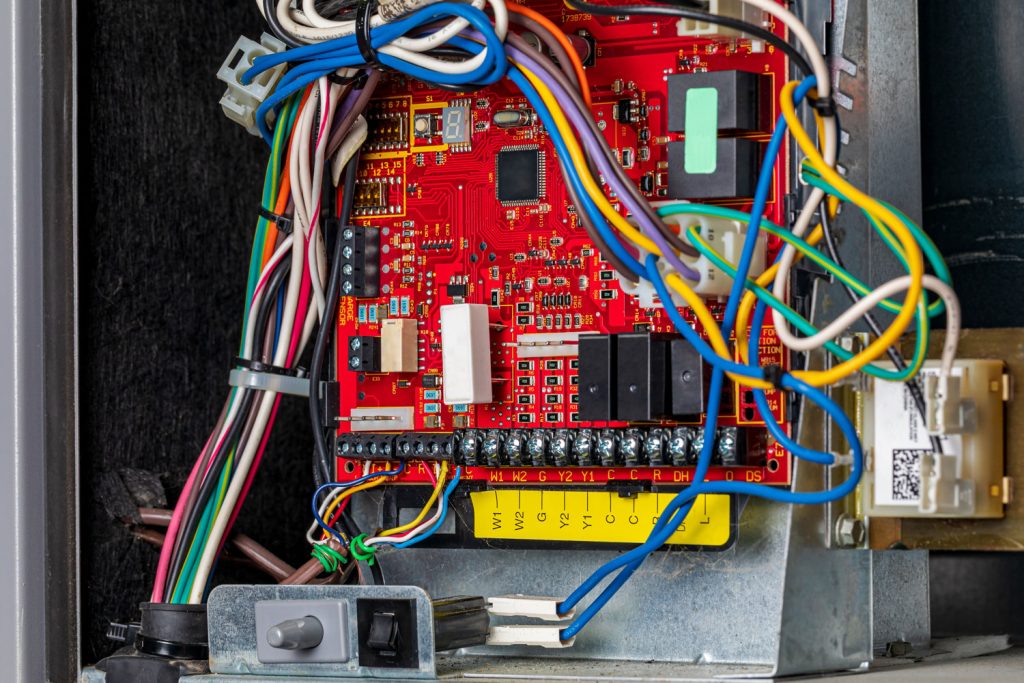
We hope you'll now figure out why your furnace blower is not working. While there can be serious reasons behind that furnace blower malfunction, sometimes the problem lies in small aspects that you have overlooked. Either way, we bet you'd be able to tell later (and next time) what's wrong with your furnace blower.

